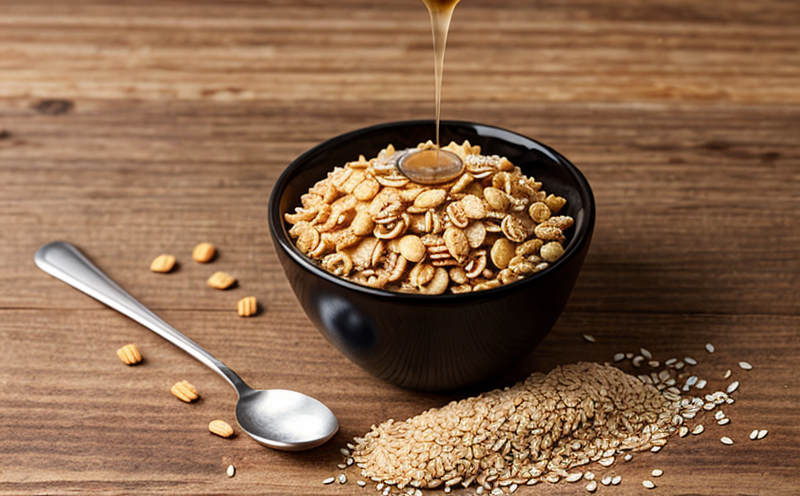ISO 27205 Lead Detection in Seafood Validation Method Development Test
The ISO 27205 standard provides a robust framework for validating methods used to detect lead in seafood. This service is specifically designed to ensure that analytical methods meet the stringent requirements set forth by international standards, thereby safeguarding public health and ensuring compliance with regulatory guidelines.
Lead contamination in seafood can have severe implications on human health. Prolonged exposure to elevated levels of lead can cause neurological disorders, kidney damage, anemia, and developmental issues in children. Therefore, the development of reliable and accurate methods for detecting lead is crucial. ISO 27205 offers a validated approach that guarantees consistent and reproducible results across different laboratories.
The validation process involves several key steps: selecting appropriate matrices, establishing acceptable limits, performing method precision checks, and ensuring linearity over a wide range of concentrations. Our team of experts ensures that every step is meticulously followed to meet the stringent criteria laid out in ISO 27205. This includes rigorous quality control measures and adherence to international standards.
Our laboratory employs state-of-the-art instrumentation such as ICP-MS (Inductively Coupled Plasma Mass Spectrometry) for accurate detection of lead levels. The method development process is comprehensive, involving initial sample preparation, calibration curve generation, and thorough validation against known reference materials. We also conduct extensive inter-laboratory comparisons to ensure the robustness of our methods.
The service offers a range of benefits including enhanced accuracy, improved precision, and increased reliability of lead detection in seafood products. This ensures that producers can confidently meet regulatory requirements and maintain consumer trust. Our validated methods are not only compliant with ISO 27205 but also align with other relevant international standards such as EN 14869 for seafood analysis.
Our commitment to excellence extends beyond method development; we provide continuous support through regular updates on new developments in lead detection techniques and best practices. This ensures that our clients stay ahead of regulatory changes and industry trends. By partnering with us, you gain access to cutting-edge technology and expert knowledge tailored specifically for your needs.
In summary, ISO 27205 Lead Detection in Seafood Validation Method Development Test offers a comprehensive solution for ensuring the safety and quality of seafood products. Our dedicated team works closely with clients to deliver reliable, accurate results that meet stringent international standards. This service is essential for maintaining compliance, protecting public health, and building consumer confidence.
- Comprehensive method development according to ISO 27205
- Use of advanced ICP-MS technology for precise detection
- Inclusion of inter-laboratory comparisons ensuring robust results
- Continuous support through updates on new developments and best practices
- Alignment with other relevant international standards such as EN 14869
Industry Applications
The ISO 27205 Lead Detection in Seafood Validation Method Development Test is applicable across various sectors including aquaculture, marine food processing industries, and regulatory bodies responsible for food safety. This service supports the development of reliable methods used to detect lead contamination in seafood products.
For producers involved in aquaculture or marine food processing, this validation method ensures that their products meet stringent quality standards set by international organizations like WHO (World Health Organization) and FDA (Food and Drug Administration). By validating detection methods against these benchmarks, they can ensure product safety and maintain a positive market reputation.
Regulatory bodies also benefit from our services as they require accurate data to enforce food safety regulations. Our validated methods provide them with reliable information about lead levels in seafood samples, helping them make informed decisions regarding potential risks and necessary interventions.
The application of this service extends beyond just detection; it plays a vital role in research and development activities aimed at improving current practices or introducing new technologies for safer food production processes. Researchers can utilize validated methods as part of their studies to explore innovative approaches towards reducing lead contamination risk factors associated with seafood consumption.





